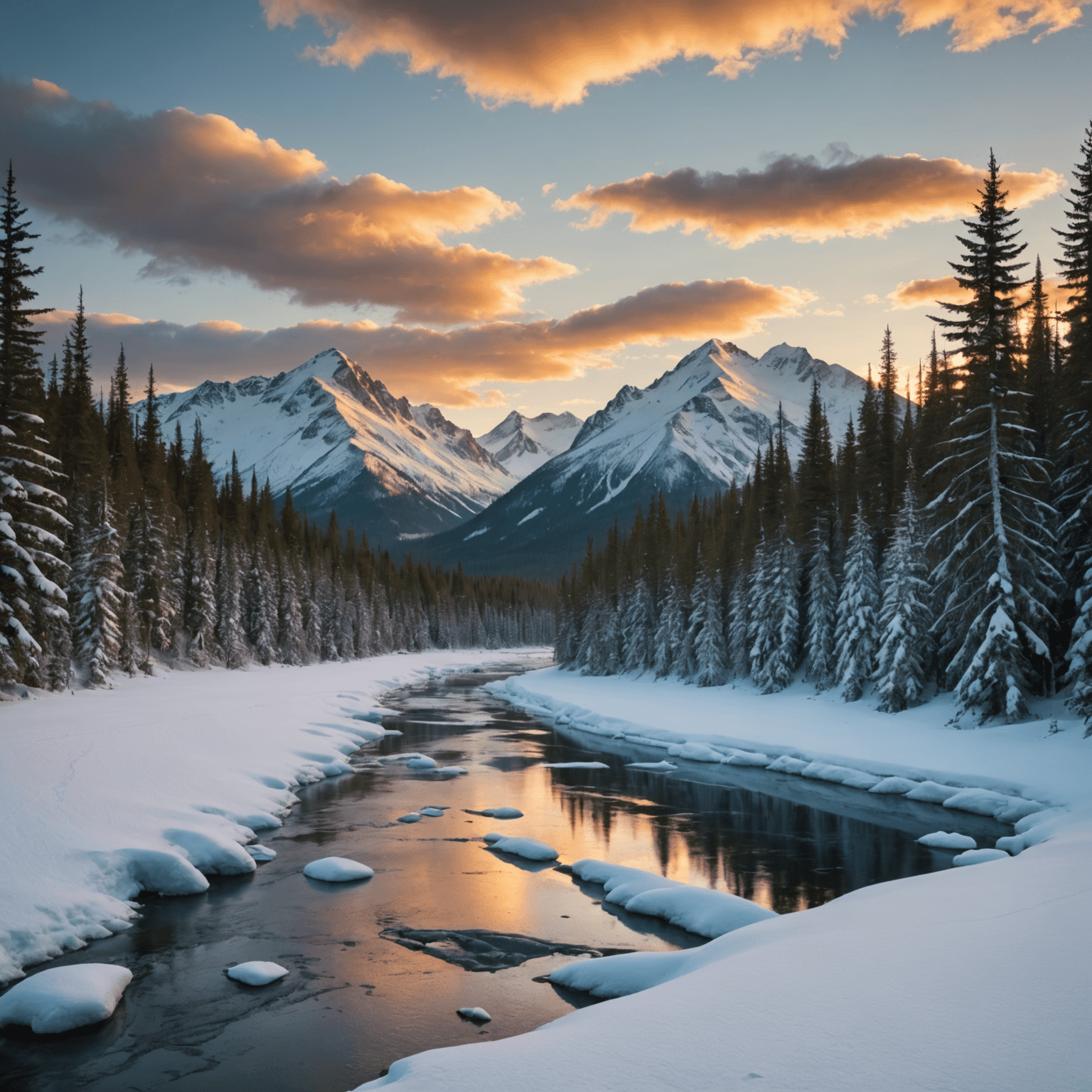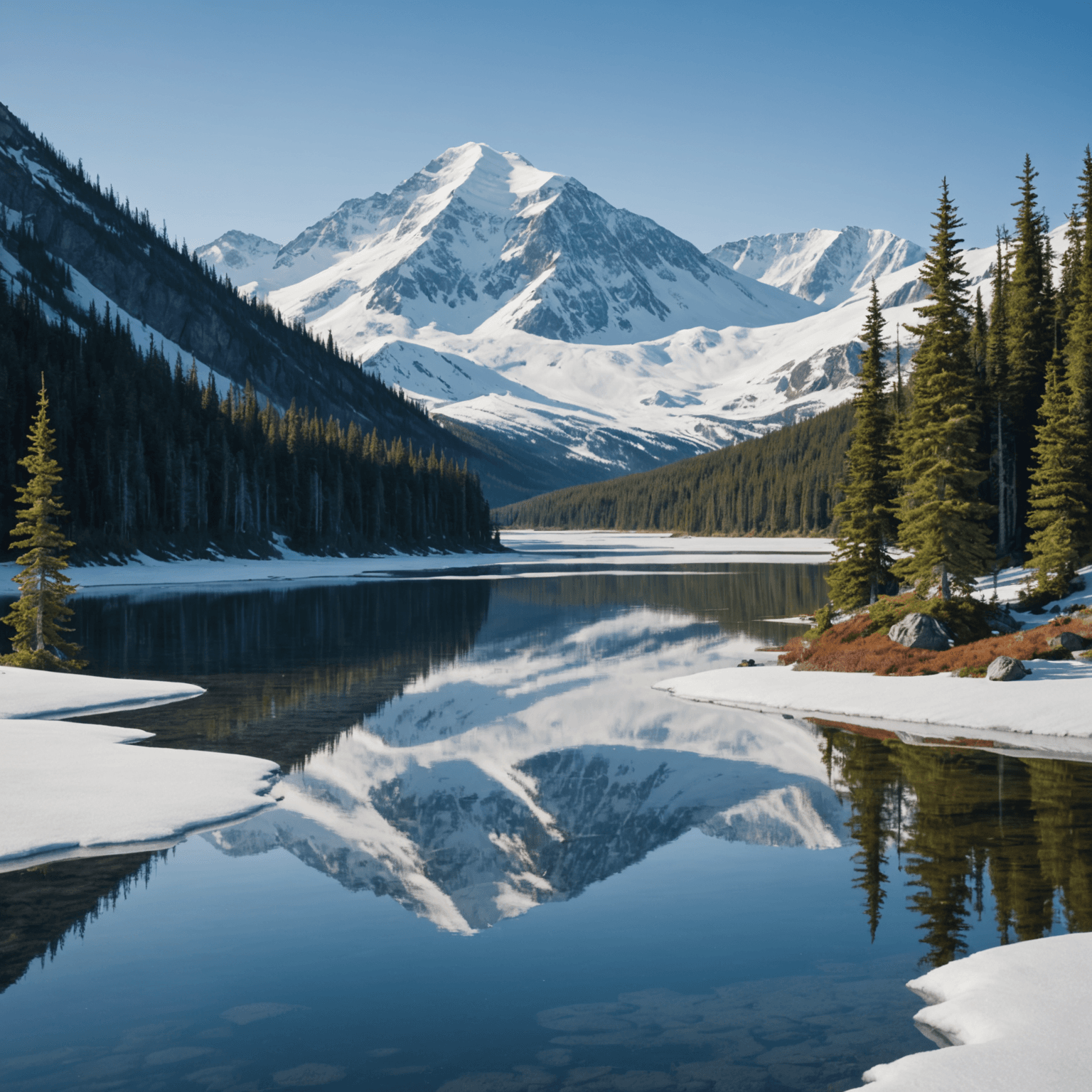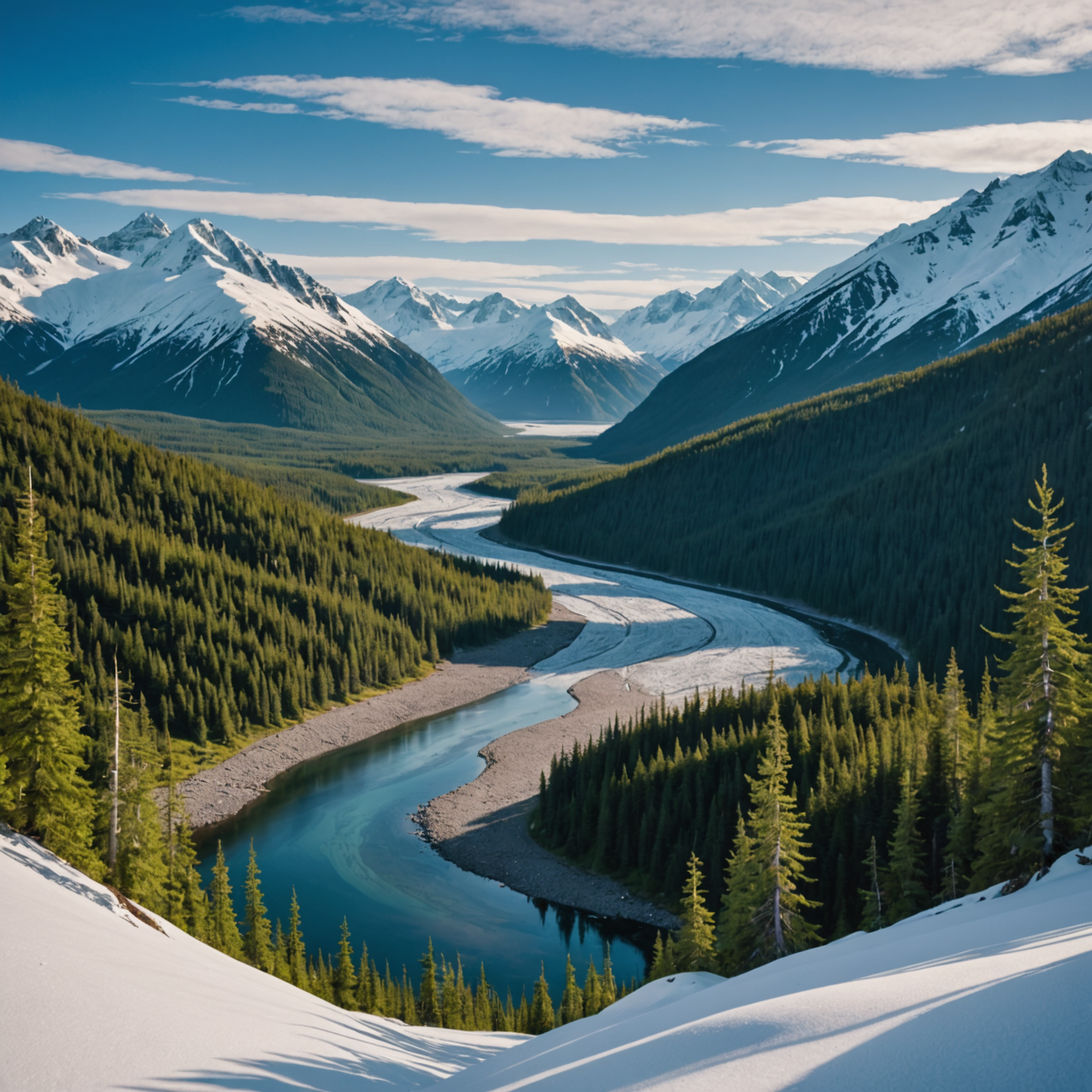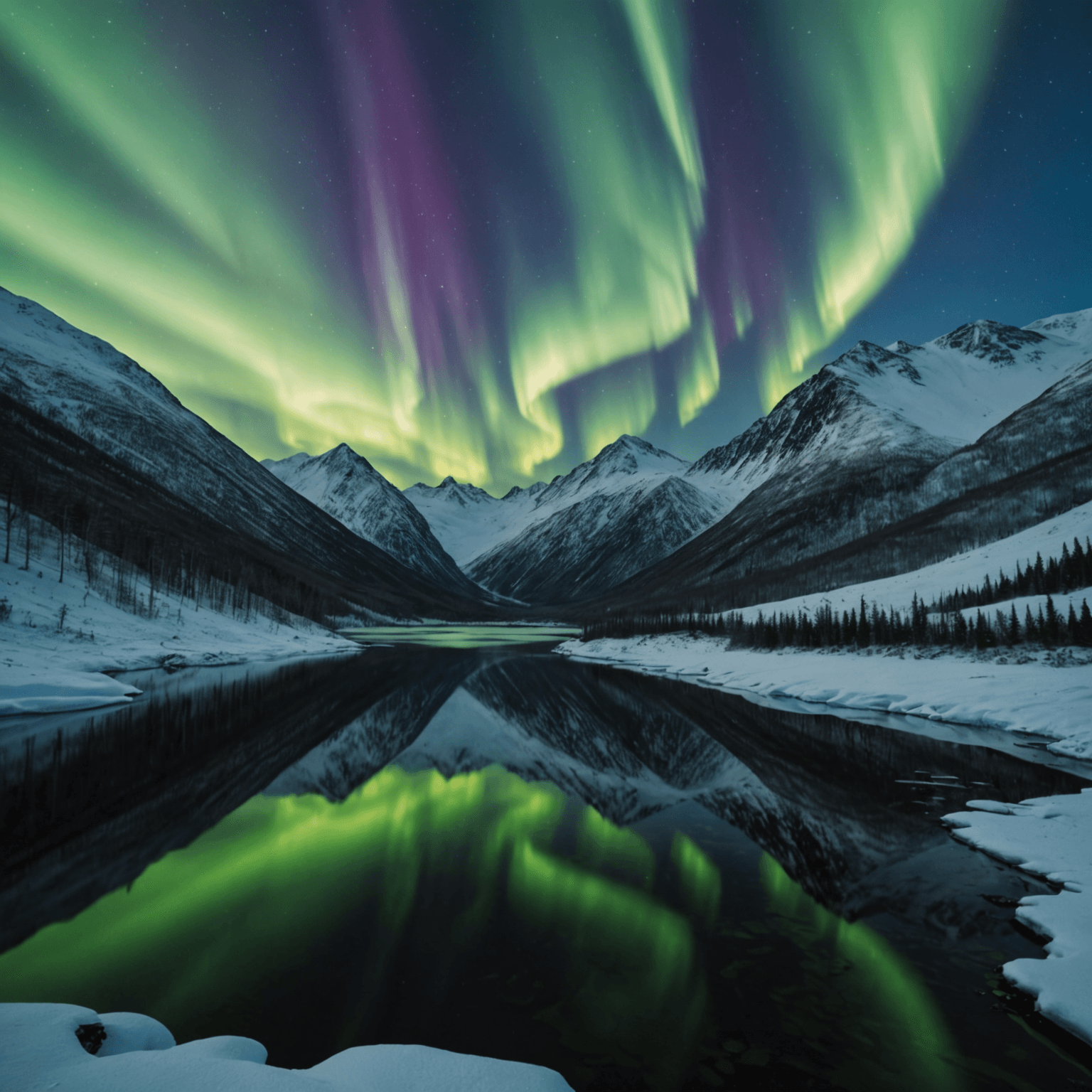Introduction
The aurora borealis, or northern lights, is a breathtaking natural phenomenon that captivates viewers with its ethereal dance of colors in the night sky. While typically observed at night, the possibility of witnessing an aurora borealis during the daytime sparks curiosity among enthusiasts and travelers alike. But how rare are these daytime sightings, and what conditions make them possible? In this post, we will delve into the science behind auroras, factors affecting their visibility during the day, and the best times to catch a glimpse of this elusive spectacle.
Understanding the Aurora Borealis
The aurora borealis occurs when charged particles from the sun collide with gases in Earth’s atmosphere, resulting in vibrant light displays. These collisions primarily occur near the magnetic poles, making locations such as Alaska prime spots for aurora viewing.
The Science Behind Auroras
The sun emits a constant stream of charged particles known as the solar wind. When these particles reach Earth, they interact with the planet’s magnetosphere, leading to the creation of auroras. The colors of the aurora depend on the type of gas particles involved: oxygen yields green and red hues, while nitrogen produces purples and blues.
Factors Influencing Aurora Visibility
Several factors influence the visibility of the aurora borealis, including solar activity, geographic location, and atmospheric conditions. Generally, the auroras are best observed during periods of high solar activity, such as solar flares or coronal mass ejections (CMEs).

Aurora Borealis Daytime Sightings: Possibilities and Challenges
Why Daytime Sightings Are Rare
Daytime sightings of the aurora borealis are rare due to the overpowering brightness of the sun. The sun’s rays scatter in the atmosphere, creating daylight that typically obscures the faint glow of the auroras. However, under certain conditions, such as exceptionally strong solar storms, the auroras can become visible even during the day.
When to Expect Daytime Auroras
Strong solar storms, which significantly increase the number of charged particles reaching Earth’s atmosphere, can enhance the intensity of auroras, making them visible during daylight hours. These storms are more likely to occur during the solar maximum phase of the solar cycle, which happens approximately every 11 years. To track solar activity and forecast potential aurora visibility, resources like Space Weather Prediction Center and the Geophysical Institute’s Aurora Forecast are invaluable.
Best Locations for Daytime Viewing
To increase the chances of witnessing a daytime aurora, one should visit high-latitude regions where auroras are most active. Alaska is an ideal location, offering various opportunities to experience the northern lights. Consider exploring northern lights tours for a guided experience that maximizes aurora visibility.
Planning Your Aurora Adventure
Timing Your Visit
While auroras can occur year-round, the best time to see them is during the winter months when the nights are longest. Additionally, during this time, skies are often clearer, enhancing visibility. For those planning a trip to Alaska, Travel Alaska provides comprehensive resources for travel planning, including accommodations, tours, and local attractions.
Preparing for Your Trip
When embarking on an aurora-viewing adventure, it’s crucial to be prepared for the cold and varying weather conditions. Dress in layers, and consider joining a custom tour to ensure a comfortable and well-organized experience. Additionally, familiarize yourself with safety tips from the Alaska Department of Fish and Game to ensure a safe and enjoyable trip.

Conclusion
While witnessing the aurora borealis during the daytime is a rare occurrence, it is not entirely impossible. Understanding the science behind auroras, monitoring solar activity, and selecting the right location and time can increase your chances of experiencing this extraordinary natural phenomenon. Whether you’re a seasoned aurora chaser or a curious traveler, the allure of the northern lights promises an unforgettable adventure.
FAQ
1. Can you see the aurora borealis during the day?
Yes, but it is extremely rare. Daytime sightings require strong solar storms that enhance aurora brightness, making them visible despite daylight.
2. What conditions are needed for daytime auroras?
Daytime auroras require high solar activity, such as solar flares or CMEs, that increase the intensity of the auroras.
3. Where are the best places to see daytime auroras?
High-latitude regions, like Alaska, offer the best chances for aurora sightings, both day and night.
4. How often do strong solar storms occur?
Strong solar storms are more likely during the solar maximum, which occurs every 11 years. Monitoring resources like NOAA can provide updates on solar activity.
5. What time of year is best for viewing auroras?
The best time to view auroras is during the winter months when nights are longest, although auroras can occur year-round.
6. Are there tours specifically for aurora viewing?
Yes, there are many northern lights tours available that cater to aurora enthusiasts, providing guided experiences to enhance your chances of seeing the lights.
7. How can I stay safe while viewing auroras in Alaska?
Dress warmly, plan your trip with safety in mind, and consult resources like the Alaska Department of Fish and Game for safety tips and precautions.
8. What equipment do I need for aurora photography?
A good camera, tripod, and remote shutter release are essential for capturing high-quality images of the auroras. Consider joining a Northern Lights Snowmobile Adventure for guidance on the best spots and techniques.


